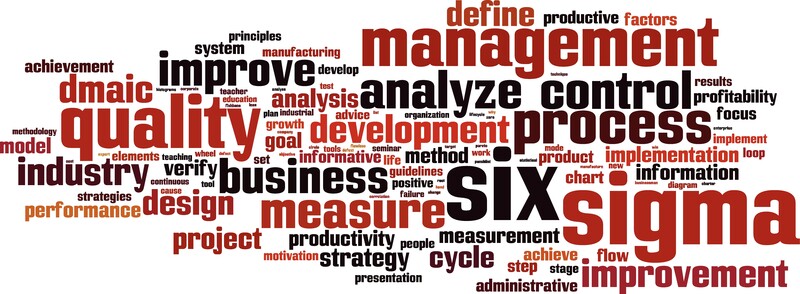Overview: Six Sigma and the Organization

On average, there are currently 13 questions in the CSSGB exam from the “Overview” pillar.
Effective August 2022, the number of exam questions from the “Overview” pillar will decrease from 13 to 11.
The following are the sections within the “Overview” pillar of the GB exam, with the cognition level specified for each one.
A. Six sigma and organizational goals
1. Value of six sigma
Recognize why organizations use six sigma, how they apply its philosophy and goals, and the evolution of six sigma from quality leaders such as Juran, Deming, Shewhart, Ishikawa, and others. (Understand)
2. Organizational goals and six sigma projects
Identify the linkages and supports that need to be established between a selected six sigma project and the organization’s goals including SMART goals, and describe how process inputs, outputs, and feedback at all levels can influence the organization as a whole. (Understand)
3. Organizational drivers and metrics
Recognize key business drivers (profit, market share, customer satisfaction, efficiency, product differentiation, key performance indicators (KPIs)) for all types of organizations. Understand how key metrics and scorecards are developed and how they impact the entire organization. (Understand)
B. Lean principles in the organization
1. Lean concepts
Define and describe lean concepts such as theory of constraints, value chain, flow, takt time, just-in-time (JIT), Gemba, spaghetti diagrams, and perfection. (Apply)
2. Value-stream mapping
Use value-stream mapping to identify value-added processes and steps or processes that produce waste, including excess inventory, unused space, test inspection, rework, transportation, and storage. (Understand)
C. Design for six sigma (DFSS) methodologies
1. Road maps for DFSS
Distinguish between DMADV (define, measure, analyze, design, verify) and IDOV (identify, design, optimize, verify), and recognize how they align with DMAIC. Describe how these methodologies are used for improving the end product or process during the design (DFSS) phase. Understand how verification and validation are used to compare results against stated goals. (Understand)
2. Basic failure mode and effects analysis (FMEA)
Use FMEA to evaluate a process or product and determine what might cause it to fail and the effects that failure could have. Identify and use scale criteria, calculate the risk priority number (RPN), and analyze the results. (Analyze)
3. Design FMEA and process FMEA
Define and distinguish between these two uses of FMEA. (Apply)